Getting a few things off my mountain biking chest.
Sometimes it’s good to moan. It can help get rid of frustrations. A problem shared is a problem halved and all that. Clear the air and move on.
With that in mind, these are the 10 main things that have been bugging me with bikes for the past few years.
Semi-lightheartedly, here goes nothing…
Latest Singletrack Merch
Buying and wearing our sustainable merch is another great way to support Singletrack
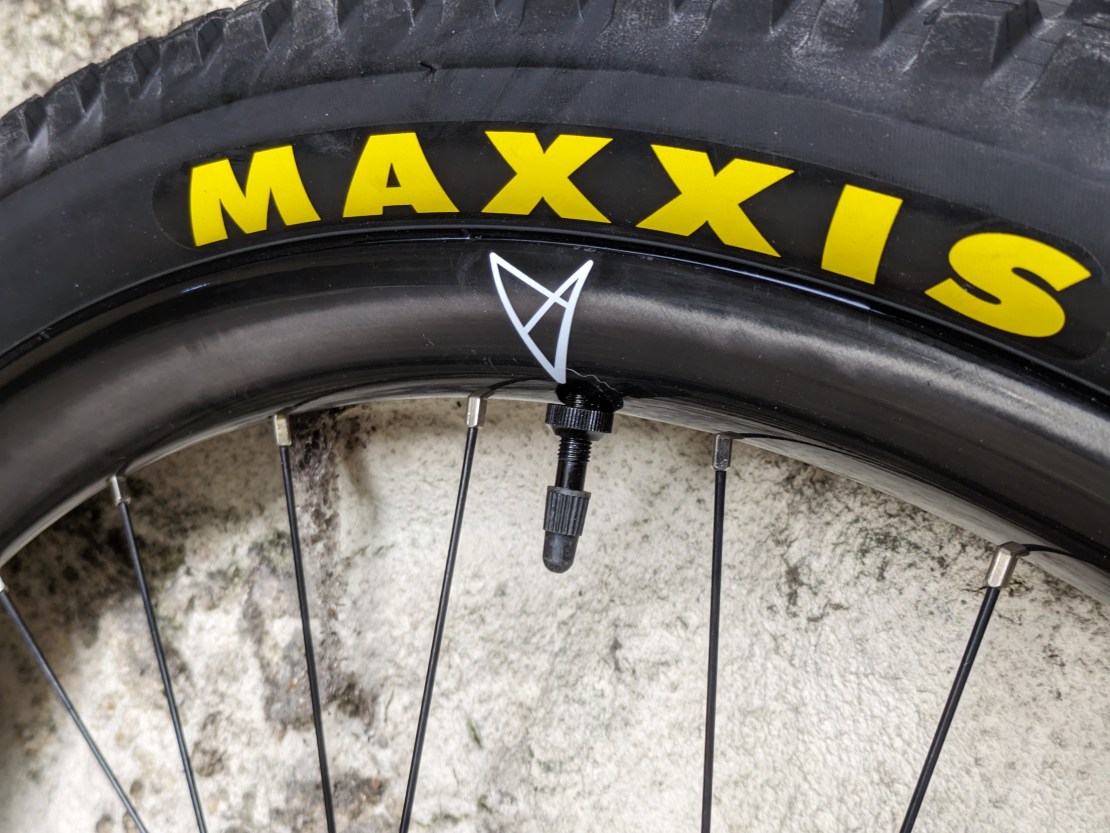
Carbon (apart from rims)
Let’s kick things off with a biggie. Aside from the ecological argument (that I don’t want to get sidetracked by), I just don’t think carbon is worth the money. The amount of extra £-pounds you have to spend to save one or two lb-pounds is faintly outrageous. Arguably most of that weight saving is due to the bike industry seemingly having given up on even trying to make metal bikes light(er), especially North American brands. And a lot of the time I think it’s a worse performing material than metal. The one exception is wheel rims. Carbon rims can be the best rims available. Still loads of money, mind.
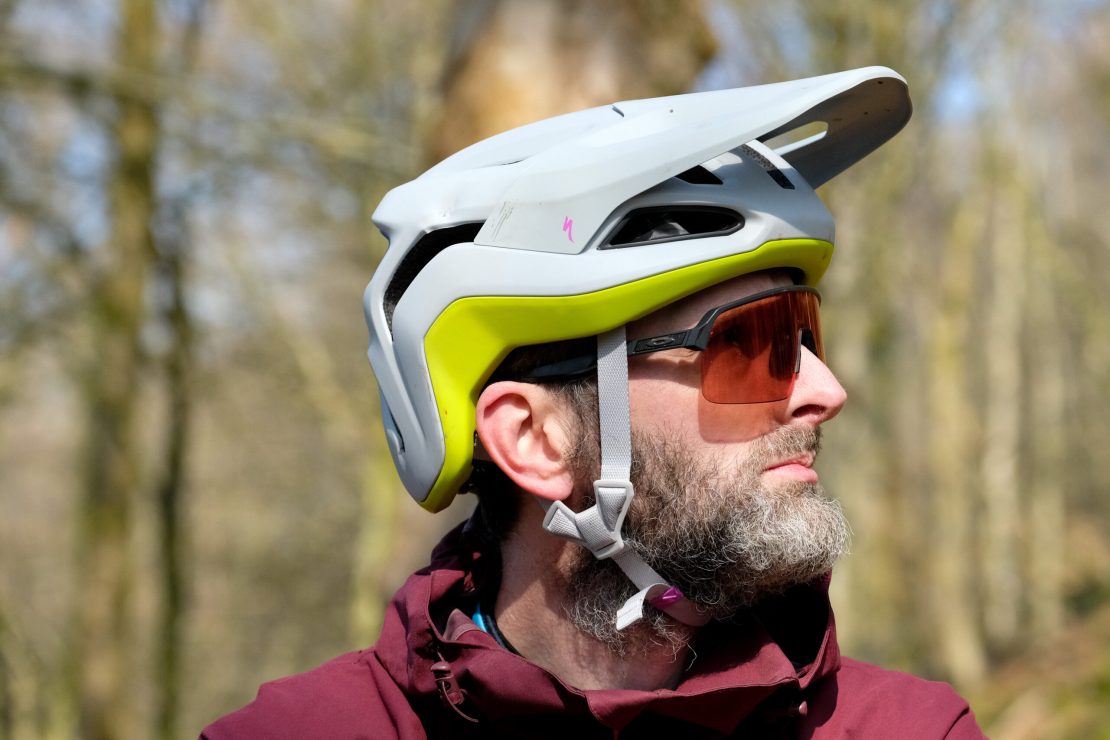
High-set helmet peaks
I’m going to pin this one on Specialized. Although other brands are hopping on board this aesthetic, I think Spesh was the first to bring out helmets with peaks set bizarrely far-too-high. High to the point of actually being pointless. Even if you don’t live anywhere that sunny, these high peaks now make dusk rides an exercise in squinting and, quite frankly, dangerous.
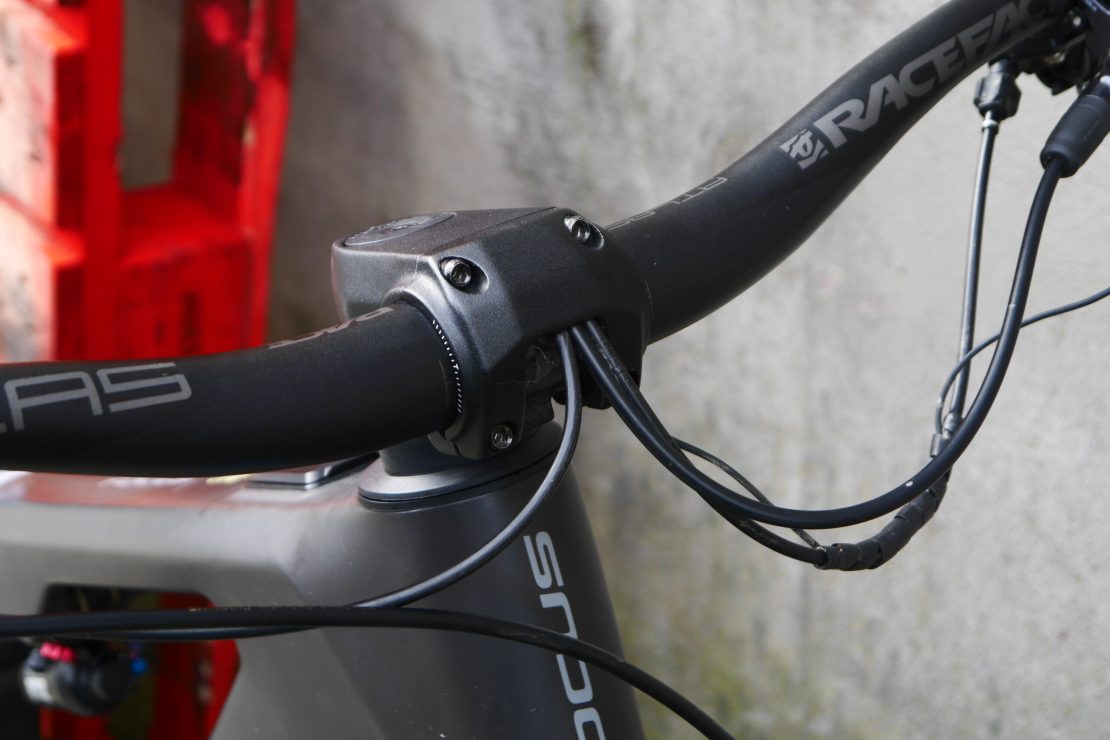
Thru-headset anything
Yep, the classic. People may be bored of moaning about thru-headset cable routing but we need to keep up the pressure. Not only does it add complexity and cost to routing service jobs, it doesn’t even look better than regular routing. It’s a disease that’s drifted over from dropbar bikes and it can drift off back there thanks.
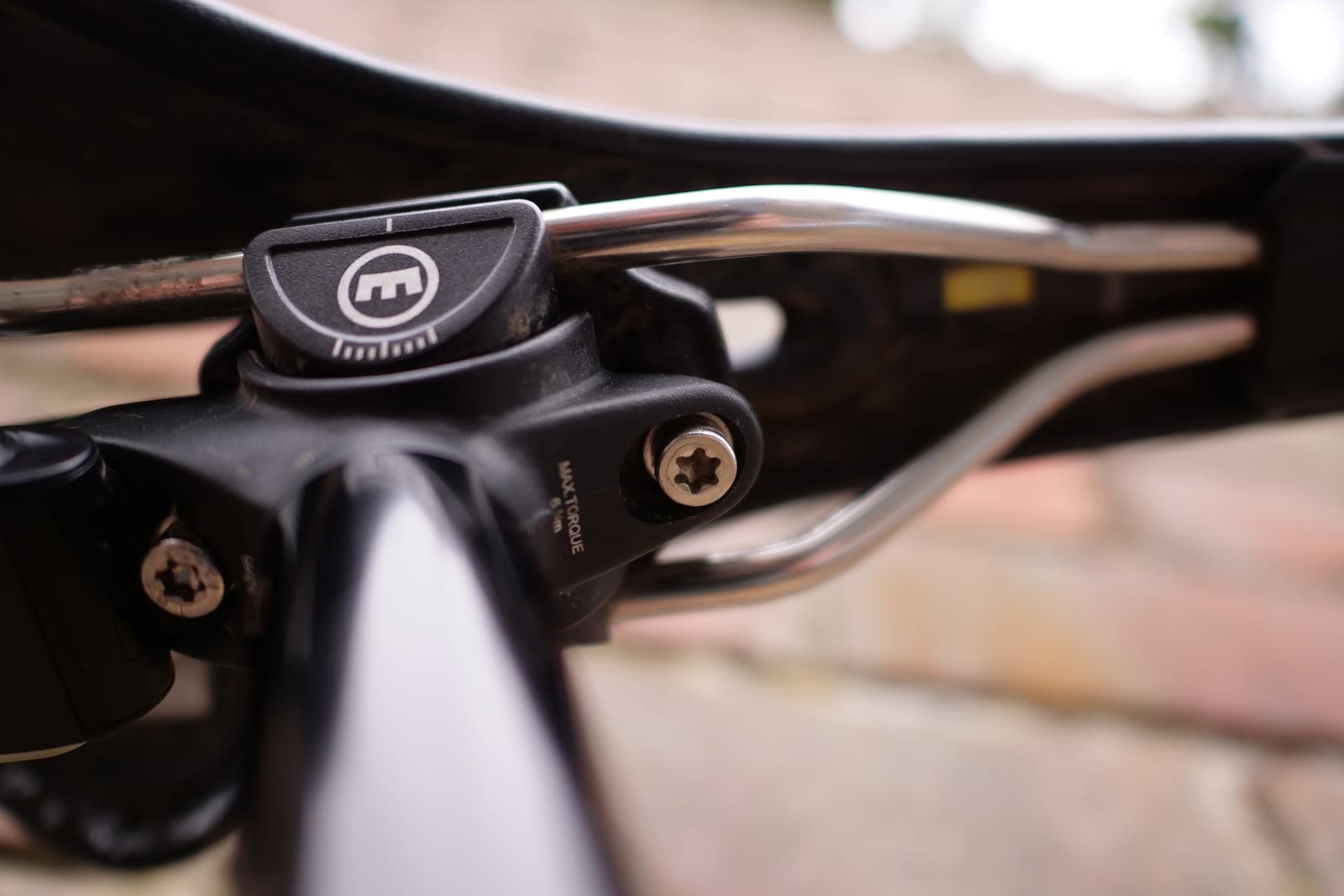
Torx bolts
Is it just me, or are torx bolts more prone to rounding out than Allen key bolts? Especially on items that aren’t disc rotor bolts. Any test bike from torx-tastic Scott, for example, usually ends up heading back post-test period with all of the torx bolts looking scratty and mashed. Hex FTW.
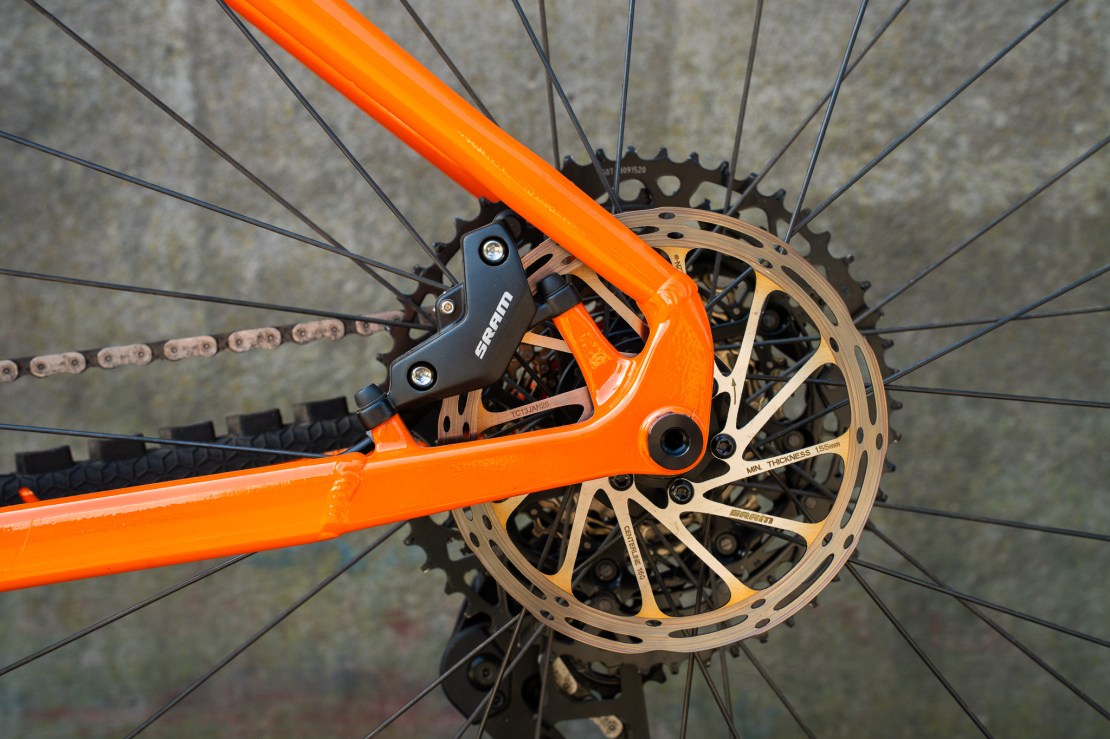
Disc mounts on chainstays
Am not exactly sure if brands are putting calipers on the chain stay for suspension-v-braking reasons but I am sure that such a location makes it much more difficult to get at the caliper mount bolts, especially with a multi-tool. And as for the introduction of the patently awful flat-mount standard coming in from roadie world… No. Just no. Can’t we just bring back I.S.? That was clearly superior.
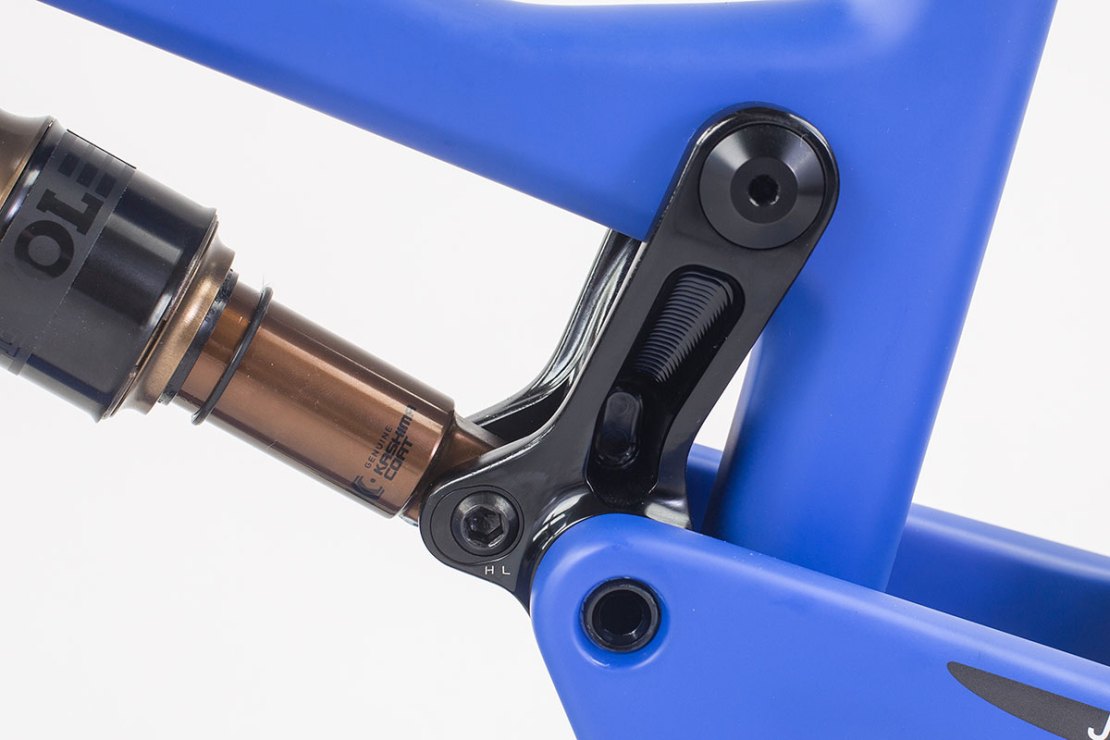
Tokenistic adjustments
One reason why I don’t pick on brands that don’t offer proportional chainstays or flipchips, is because the brands that do offer these things very rarely do it to a sufficient degree. 11mm difference in chain stay length between Small and XX-Large? 0.5° change in geometry via a flipchip? Hardly worth it. If you’re going to market sizing/adjustments, at least make it justifiable.
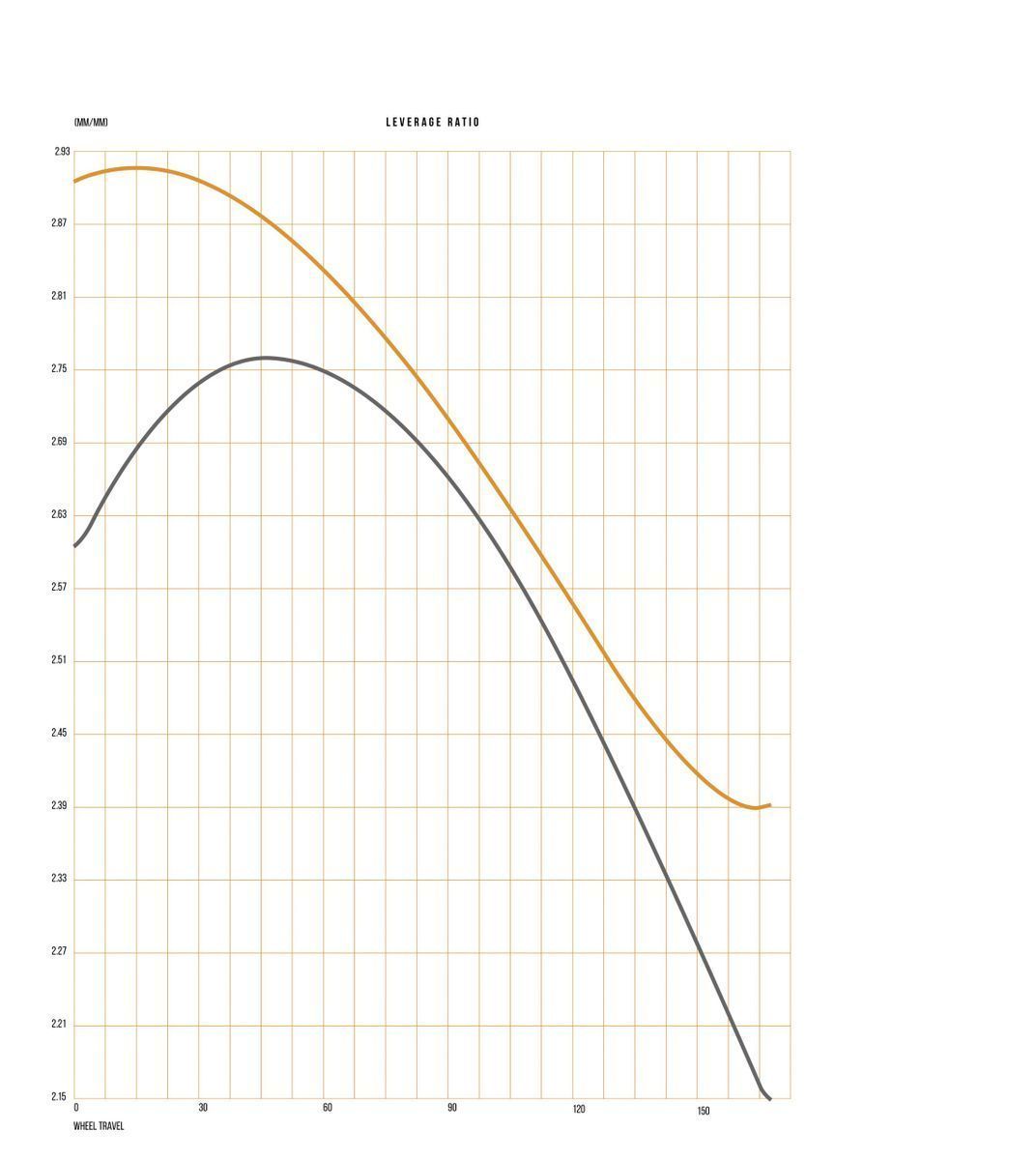
Curvy rates
Whether this is suspension frame leverage or air springs, I rarely get along with curves that aren’t consistent. I can get them to function okay but in a world where most riders (understandably) don’t want to spend hours and hours setting up a pushbike, these curves are often a recipe for extremely poor bike setup and thus handling. The marketing idea of ‘supple at sag, rampy at the end’ is not what a lot of riders end up sat on.
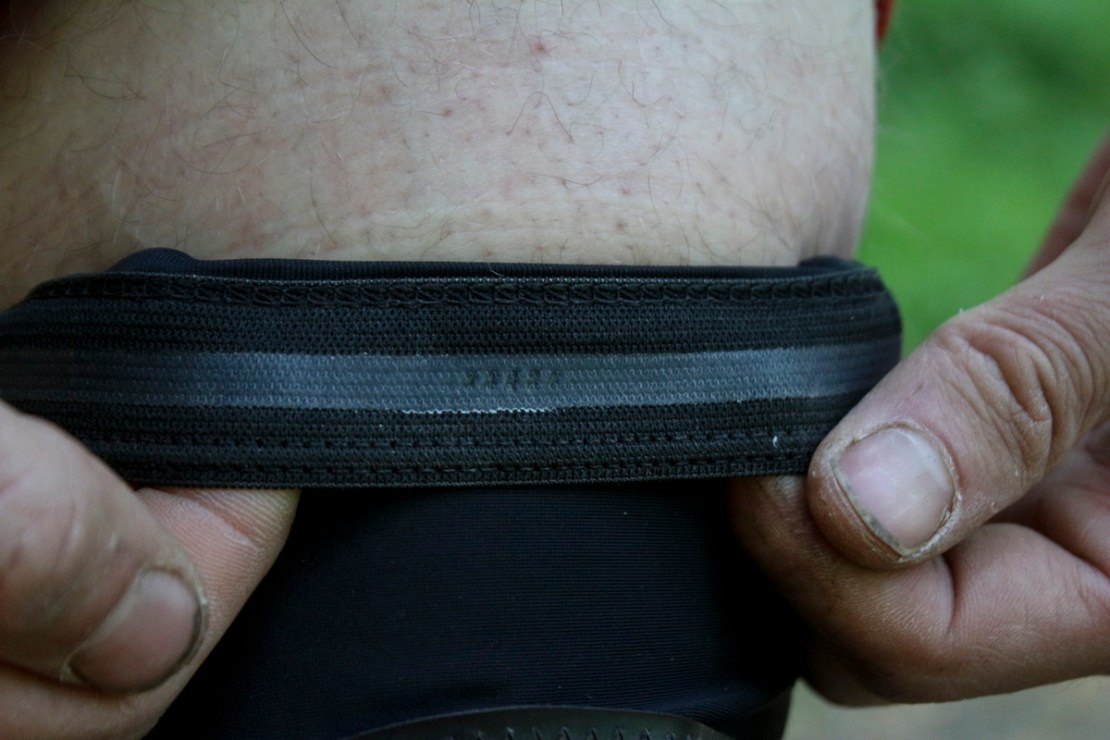
Silicone grippers
Helmets. Knee pads. Liner shorts. Any of these that have silicone grippers frequently get on my wick. Sometime literally. Essentially using hot glue to keep cycling apparel in place. Ugh.
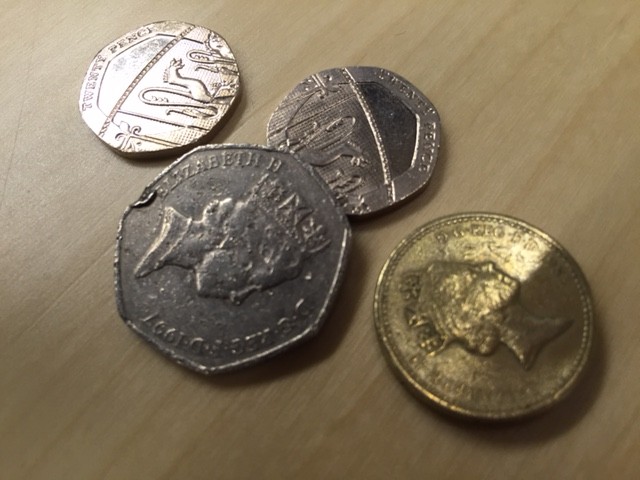
Car industry aping
All these ‘Works’ bikes. Or eebs with stronger motors in the top tier models. Feels very Beemer M Series. Naff.
And finally…
The tenth slot is open to you. Add your suggestions below!
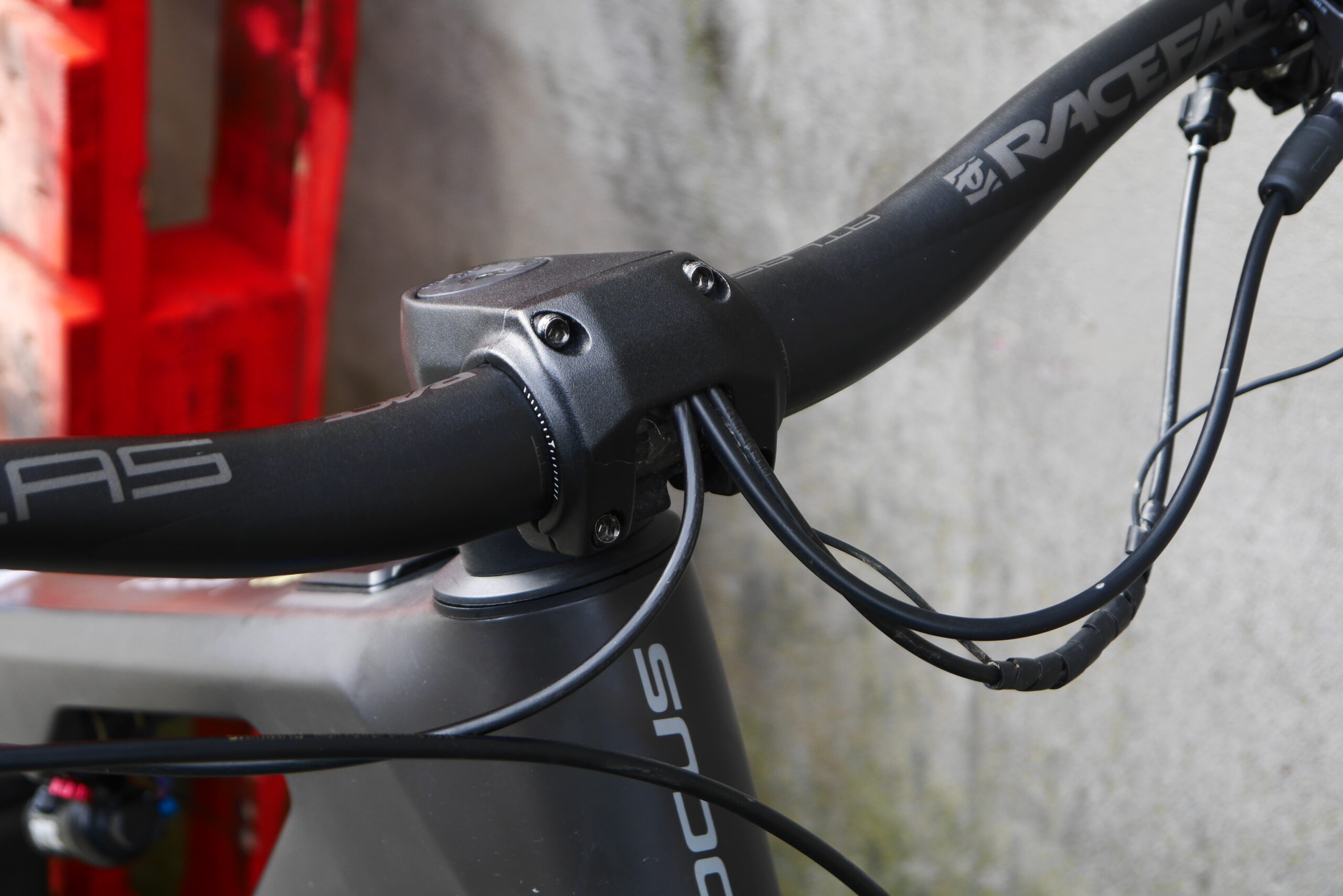





The problem isn’t a cheeky inside line appearing on a corner, sometimes that’s an inevitable consequence of people looking for overtaking opportunities on a busy trail, or just trails that should have taken the more obvious line to begin with.
It’s the e-bikes going straight up the slope where the trail has to switchback its way up in 3/4/5 loops. No one is riding those lines on a normal bike, and once they’re established they become eroded when it rains, washing away the main trail where they pass.
Brakes, with plastic pistons that seize
GXP BB’s that don’t retain the drive side bearing. This is an aftermarket issue, it’s fine on some setups where there’s minimal clerance between the spider and the bearing, but if it’s more than a few mm (i.e. the chainline was manipulated by length of the axle) then the bearing falls out.
Gusset XD SS kits that can’t be removed
Leaky Shimano brakes
Cracking Magura brakes
It’s not really the industry (although the magazines only covering the companies that send the free stuff doesn’t help) but trying to maintain the status quo of “I’d not trust brakes from ali express" is only a defensible position as long as the established brands don’t fail, and they do, regularly.
The Shimano crank debacle
(older) SRAM mechs being made of CNC’d cheese.
I think some of this is just user mentality. I’ve always viewed mtb scrapes and dings as battle scars and part of a journey together, I’m not sure you can make a scratched, dinged bike ‘look better’, but you can choose to view those imperfections – ‘patina’ at a low level – differently and not as a rationalisation to buy a newer, shinier model. The main problem, of course, being that the bike industry actively wants and needs you to do just that aided and abetted by a media that both depends on the industry for revenue and tends to be staffed by jaded neophile hacks who love new stuff simply because it’s more interesting/easier to write about.
that actually seems better because all they do is help the rider go up 🤐
That mug is cool, but it’ll never work in the bike industry.
The exception might be if niche CNC workshops go back to making linkages for common FS bikes. But that seems a lot less prolific than it was in the 90’s/2000’s.
There was an article on one of the roadie sites about this relating to clothing and how the writer had felt compelled to amass a huge collection of kit. And his conclusion was that “we" need to collectively shift the window so that the person riding in tired faded kit is the “proper" rider, not the person who buys all the expensive gear several timers a year.
Personally I can’t identify with that, my kits is often patched up!
But it’s the same thought I applied to buying my road bike, I wanted a bike that I might realistically still be riding in 20 years time. Minimal logos that will date when next years model comes out, no wats saved at 40kmh to compare to the next best thing, no published weight to worry about, no fancy standards to go obsolete, lack of UDH is a concern but between T-type not existing on the road yet, product cycles, road kit just not getting worn out/damaged, and NOS availability I can’t see it ever being a problem.
Same off-road, nothing has really moved on in the last 5 years, a lot of stuff has moved backwards (threaded BB’s!) . Short of some currently unknown idea revolutionizing mainstream bike design (gearboxes, idler pulleys?) I can see people keeping their bikes for longer in the near future. That and the general industry slowdown means less R&D and therefore less chance of that development happening anyway.
Yes, one of the things I love about my Cotic is that it feels like owning it, is opting out of the ever-escalating carbon fibre arms-race between the big name brands. Five years after I built it up, it still looks great, distinctive, and not massively different from the current version. Plus all the suspension parts are easily available to buy from Cotic and within the mechanical nous of most competent home mechanics to fit.
Most importantly I still love riding it. It may not be the lightest or the plushest or the newest bike out there, but I’m not primarily a racer, I’m not obsessed with ‘innovation’ for the sake of it, or more precisely I guess, the idea that even if something works very slightly better, more smoothly, or efficiently, it somehow changes the fundamental experience of riding. Don’t get me wrong, I’m all in favour of genuine innovation that changes the basics, dropper posts for example, but I really don’t give a toss about new stuff that’s mostly appealing because it’s well, new. I don’t need that transient dopamine high. Or if I do, I buy tyres…I also get that this makes it harder for Cotic to thrive in the sense that I don’t see a need or want to replace my mountain bike any time soon – I’m capable of telling the difference between ‘ownership’ in a consumerist sense and the actual experience of riding. I don’t really have an answer to the ‘buy less stuff’ implications for brands, it’s part of the essential conundrum of producing fewer things in a world predicated squarely on consuming more and more stuff, but I’d very much suggest that if you’re in the market for a new bike, you buy a Cotic – or similar – and keep it for a long time.
The first thing I thought is that a nice brushed Titanium frame is a bit like that, it either wears its battle scars well and builds a patina of use, or it can be easily brushed back to new again. In general, I’d like to see more good use of metals in frames and not the ‘has to be carbon’ mentality for performance bikes.
This is just life in the 21st century. You see a product advertised anywhere – TV, mag, website whatever – and it won’t be the entry level or mid-specced one, it will be the one with all of the bells and whistles which costs twice as much. Flick through a hobby mag and you’ll see adverts for top end stuff which costs ten times as much as entry level. Do you think people aren’t aware that cheaper stuff is available?
Much as I like Cotics (former solaris owner) and I like what they do as a company (for the most part) – everything you’ve typed I could easily apply to my Carbon Santa Cruz.
Less about choice of frame material (as my previous, aluminium Bird was much the same), and more about a design ethos of longevity and user servicability/repairability* and customer service support.
*I’m not expecting to actually do a carbon fibre repair, just as I’m sure BWD won’t be breaking out the welder if his frame tubing has an issue. More about the linkage, bolts, hardware, and general accessibilty of the other botled on components.
That is really interesting. I was ponding this with regard to household items and materials the other day. Many old things made of natural materials pick up a ‘patina’ as they wear as do some older designs of modern items. That patina can enhance the attractiveness or appeal of the thing. New stuff tends to get scruffy and shabby and makes people reject items even if they still have utility. Think flag stones vs laminate or old oak furniture vs veneered mdf. Designing in longevity like that is cool.
Wireless only framesets.
Spec sheets and Bike reviews of models with wirelss drivechains that don’t state if the frameset will accept a cable.
That’s not really the point I was making. I’ve tried googling and can’t find the term for it though I’ve read it in the past but just can’t remember it.
Of course companies will market with a focus on their highest level and shiniest product. But what I’m talking about is companies generating and even higher level product way beyond what there market can bear and sales will be negligible for in order to engineer their actual top model to be perceived as ‘normal’. To inflate norms by engineering a perception that excess is not unreasonable.
How it was explained to me was if Macdonald’s was trying upsell Big Macs and get more people to buy that instead of buying a standard burger one way of doing it is to introduce some sort of mega 4 patty burger. You don’t expect to or care if you sell many but suddenly the Big Mac doesn’t look so gluttonous. People come in attracted by the mega but can’t really justify it so settle for the big mac where they’d previously have just bought the standard burger. The norm has been shifted to the right.
Why does it matter? Well as you say consumers can make choices and think for themselves. But as a sport over time the perceived cost/equipment threshold that it ‘looks’ like you have to be prepared to spend has gone up. This is at a time when bike design advances and manufacturing improvements means it should have gone down. As a total noob who walked into a bike shop tomorrow it ‘should’ be the cheapest in relative terms time in the sport’@s history to walk out with a tool to do the job. I’d argue it’s the exact opposite at the perception level – what you’d think you have to spend the get going as a weekend warrior.
It’s called “anchoring”.
Halo products… but you’d be surprised, just like cars, there’s always someone with the money and attitude to buy them.
Oh totally, I’m not suggesting that Cotic is the only good call out there – thought obviously it is the best 😉 – I guess my unconscious bias against carbon is because 1. It’s basically plastic with all that implies for the planet. 2. It’s the frame material of top-end choice for all the big players in the market.There’s also a bit of me that loves steel-tubed frames as a throwback to the days when bikes looked like proper bikes, which is of course, irrational and biased, but there you go. I’m basically in favour of any brand that doesn’t treat its products as disposable commodities to be replaced every couple of years by something newer and supposedly ‘better’.For context, I still drive around in a 1990 Mk2 Golf GTi, so I have form 🙂
Expensive bike/part specific tools –
– there seems to be a specific tool for servicing my DMR Vault pedals. £15+ please.
– specific lockring for Shimano EP8 motor, that’ll be £30. Buy new bike with next gen of motor (EP8000) and it now needs a different lockring tool (though at least this is common with Shimano’s XT cranks, though the crank lockring tool existed before the first motor so surely could have used it then rather than creating something new)
at least Aliexpress means there are cheap alternatives for a lot of these now if you can wait.
Also, bike designs that are are un-necessarily difficult to maintain. It looks like my Orbea Rise has a bolt on the inside of the shock yolk that needs to be at 12nM. But it also looks like even a small torque wrench and standard hex key attachment is too long to fit in the space – so I’ve got to seek out a super short set of 3/8 hex attachments or try to cut one down. To compound the pain I’m not sure you can get even a standard hex key in while it’s on the bike without undoing the shock as the seat tube is in the way. Pretty sure this could have done up from the outside with a slightly less slick aesthetic.
re torx bolts : I think what you’re probably seeing here is poor tools rather than poor fasteners. I’m not exactly a fan of torx but mostly just because their use isn’t consistent. If everything is good quality, the torx is a better fastener in isolation.
A loss leader? Usually costs the company to make as they don’t make any profit on it, but it brings people in to buy other ‘lesser’ products.
Oh, Halcyon days…
McDonald’s is bringing back the Double Big Mac – but it won’t stay for long | Metro News